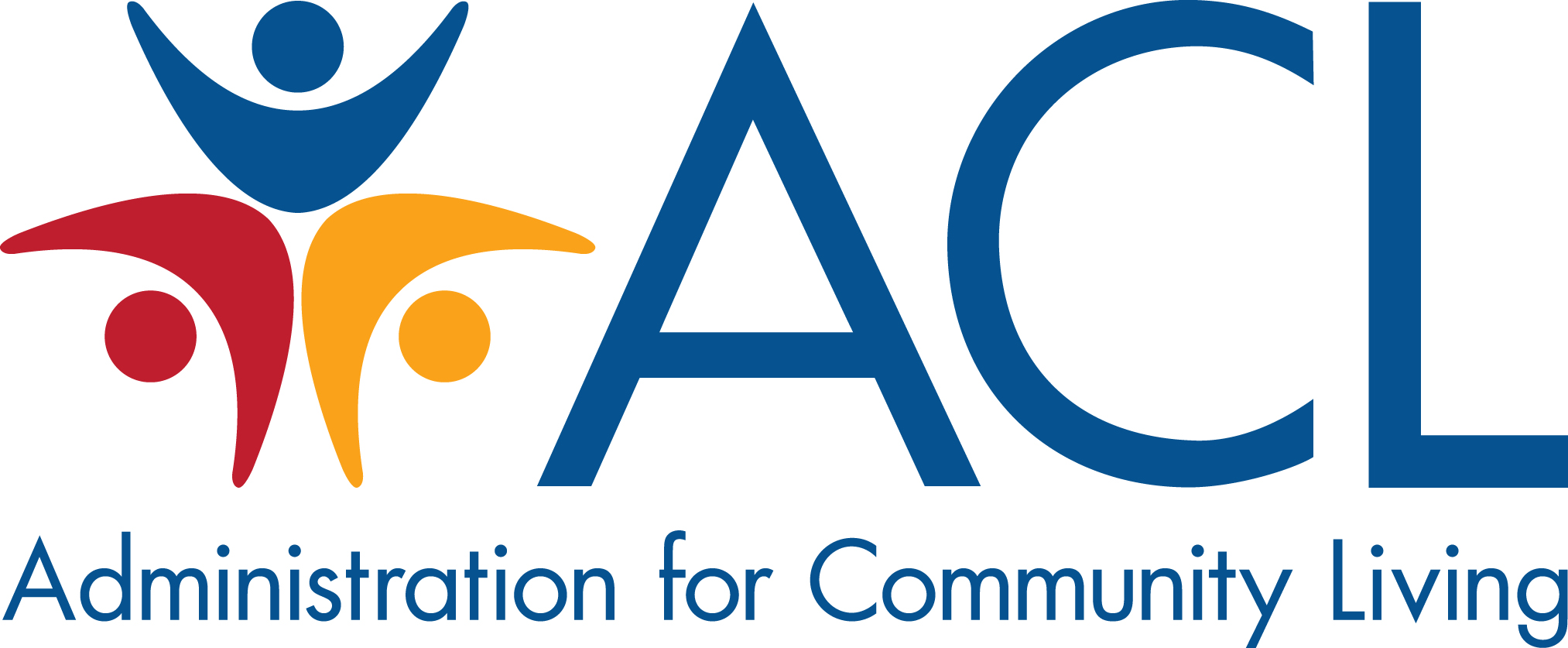Title
Enhancing State No Wrong Door Systems for Efficient Access to Long-Term Services and Supports
Funding Opportunity Number
HHS-2025-ACL-CIP-NWGV-0029
Opportunity ID
357720
Center
CIP
Primary CFDA Number
93.048
Funding Instrument Type
Cooperative Agreement
Expected Number of Awards Synopsis
10
Eligibility Applicants
Unrestricted (i.e., open to any type of entity above), subject to any clarification in text field entitled "Additional Information on Eligibility"
Additional Information on Eligibility
Foreign entities are not eligible to compete for, or receive, awards made under this announcement.
Estimated Award Date
Original Closing Date for Applications

